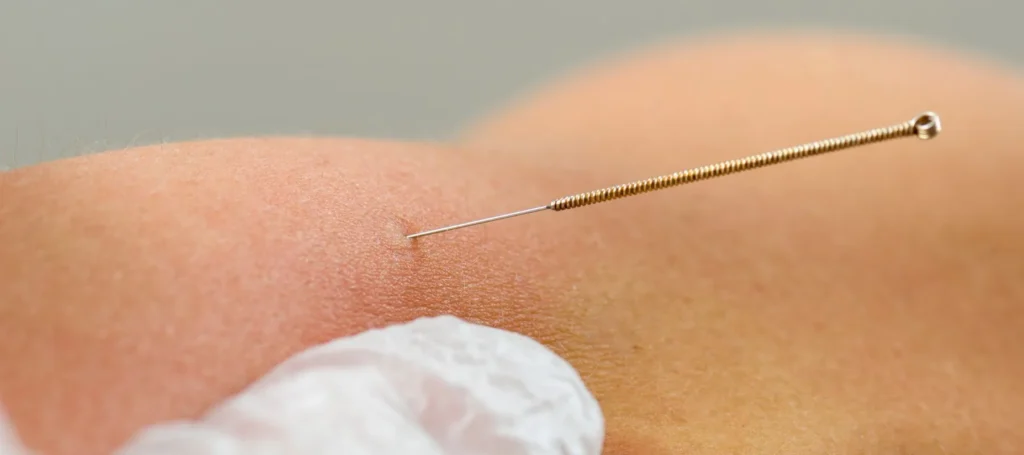Local Physical Therapy Clinic
At Case Physical Therapy, our goal is simple: help you recover safely, move without pain and prevent future injuries. Every plan we create is designed around your needs — whether you’re preparing for surgery, regaining strength after a procedure or working toward peak performance.
Our services cover a variety of needs, from orthopedic therapy for joint pain and chronic conditions to sports rehabilitation that helps athletes of all levels get back in the game. We also support patients with industrial medicine programs and functional capacity evaluations (FCE testing), providing practical solutions for those recovering from workplace injuries or managing physically demanding jobs.
With a reputation for expert, hands-on care, our Houston physical therapy clinic is a place where patients feel supported, encouraged and empowered to reach their goals.

Dry Needling
Physical Therapy Associates offers expert dry needling therapy in Houston to relieve muscle pain and restore mobility.

FCE Testing
With functional capacity evaluations from our team, you can move forward with confidence.

Industrial Medicine
Physical Therapy Associates offers industrial medicine services to keep your workforce healthy, safe and productive in Conroe and Huntsville, TX.

Sports Rehabilitation
Recover faster and perform better with sports rehabilitation in Conroe and Huntsville, TX.

Pre/Post-Operative Therapy
Prepare for surgery and recover with confidence when you choose our stellar team of professionals.

Orthopedic Therapy
Recover from injuries and restore movement with orthopedic physical therapy.

























